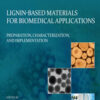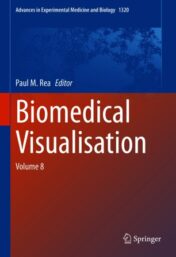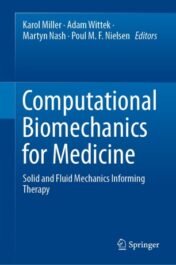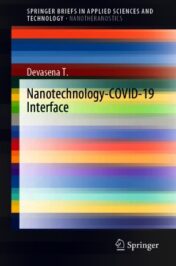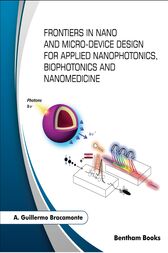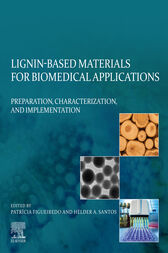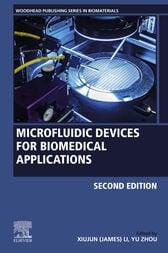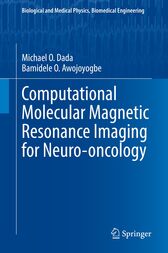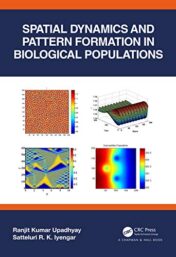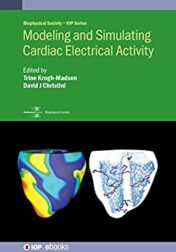Nanotheranostics for Cancer Applications 2019 ORIGINAL PDF
$15
Nanotheranostics for Cancer Applications 2019 ORIGINAL PDF
This book is the first to focus specifically on cancer nanotheranostics. Each of the chapters that make up this comprehensive volume is authored by a researcher, clinician, or regulatory agency member known for their expertise in this field.
Theranostics, the technology to simultaneously diagnose and treat a disease, is a nascent field that is growing rapidly in this era of personalized medicine. As the need for cost-effective disease diagnosis grows, drug delivery systems that can act as multifunctional carriers for imaging contrast and therapy agents could provide unique breakthroughs in oncology. Nanotechnology has enabled the development of smart theranostic platforms that can concurrently diagnose disease, start primary treatment, monitor response and initiate secondary treatments if required. In oncology, chemotherapeutics have been routinely used. Some drugs have proven effective but all carry risks of adverse side effects. There is growing interest in using remotely triggered drug delivery systems to limit cytotoxicity in the diseased area.
This book reviews the use of theranostic nanoparticles for cancer applications over the past decade. First, it briefly discusses the challenges and limitations of conventional cancer treatments, and presents an overview of the use of nanotechnology in treating cancer. These introductory chapters are followed by those exploring cancer diagnosis and a myriad of delivery methods for nanotherapeutics. The book also addresses multifunctional platforms, treatment monitoring, and regulatory considerations. As a whole, the book aims to briefly summarize the development and clinical potential of various nanotheranostics for cancer applications, and to delineate the challenges that must be overcome for successful clinical development and implementation of such cancer theranostics.
- Provides a comprehensive review of cancer nanotheranostics
- Represents the first book-length treatment of the topic
- Presents a full picture of the field, from basic research through clinical implementation
- Features evidence-based chapters with excellent illustrations and images to guide and assist the reader
Related Products
Biophysics Books
Biophysics Books
Practical Biomedical Signal Analysis Using MATLAB® 2021 Original pdf
Biophysics Books
Biophysics Books
Biophysics Books
Handbook of Macrocyclic Supramolecular Assembly 2020 Original pdf
Biophysics Books
Biophysics Books
Biophysics Books
Water in Biomechanical and Related Systems 2021 Original pdf
Biophysics Books
Biophysics Books
Biophysics Books
Biophysics Books
Biophysics Books
Biophysics Books
Biophysics Books
Progress in Photon Science Emerging New Directions 2021 Original pdf
Biophysics Books
Shedding the Polarized Light on Biological Tissues 2021 Original pdf
Biophysics Books
Dynamic Hyperpolarized Nuclear Magnetic Resonance 2021 Original pdf
Biophysics Books
Mitochondrial Regulation Methods and Protocols 2021 Original pdf
Biophysics Books
Biophysics Books
Biophysics Books
Biophysics Books
Principles of Brownian and Molecular Motors 2021 Original pdf
Biophysics Books
Biophysics Books
Lignin-based Materials for Biomedical Applications Original PDF
Biophysics Books
Biophysics Books
Biophysics Books
Lasers in Medical Diagnosis and Therapy (IPH001) (Original PDF)
Biophysics Books
Structural Biomaterials: Properties, Characteristics, and Selection
Biophysics Books
Biophysics Books
Biofluid Mechanics: Principles and Applications (Original PDF)


